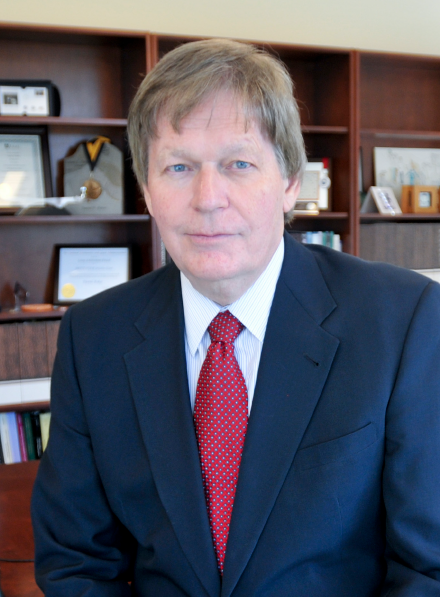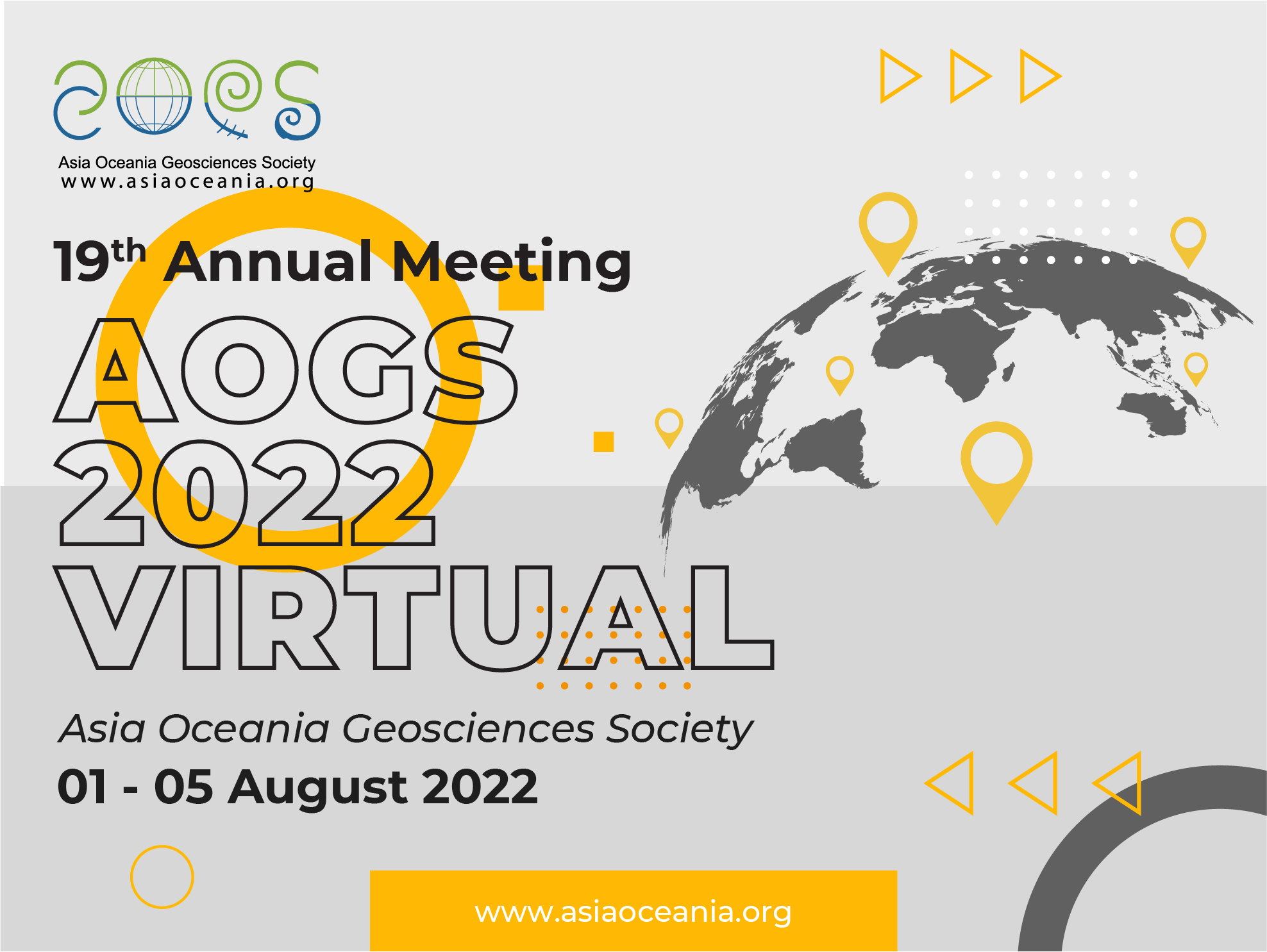
Daniel N. BAKER
Program uses Singapore Time and is 8 hours ahead of GMT
Axford Lecture / Live Q&A Fri-05 Aug 10:00 – 11:00
Multi-Year Observations of the Earth’s High-Energy Radiation Environment
A principal goal of the Radiation Belt Storm Probes (RBSP) mission was to develop a much deeper understanding of the structure and dynamics of Earth’s radiation belts. Almost immediately after the late-August 2012 launch of the dual RBSP spacecraft into their highly elliptical orbits, it was discovered that a third Van Allen belt (or “storage ring”) of highly relativistic electrons can exist near the inner part of the traditionally recognized outer Van Allen zone. This feature has been the subject of much theoretical investigation and speculation since its discovery. There also has been detected an “impenetrable” barrier at L~2.8 inside of which high-energy electrons have not diffused in over six years of observations. In addition to morphological structures of the radiation zones such as the storage ring and barrier, it has also been a major achievement of the RBSP program (renamed the “Van Allen Probes” mission in November 2012) to understand more thoroughly how ultra-relativistic electrons are accelerated deep inside the radiation belts due to various wave-particle interactions. Van Allen Probes studies have demonstrated that electrons up to energies over 10 megaelectron volts (MeV) can be produced over broad regions of the outer Van Allen zone on timescales of minutes to a few hours. The key to such rapid acceleration is the interaction of “seed” populations of ~10 to ~200 keV electrons (and subsequently higher energies) with electromagnetic waves in the lower band whistler-mode chorus frequency range. In this presentation, we report observations of some of the largest geomagnetic storms of the last several years. We show long-term observations through animations that demonstrate dramatic effects on the relativistic and ultra-relativistic electrons measured by sensors on board the Van Allen Probes spacecraft. This talk also describes high-energy proton features in the inner radiation belt and demonstrates new results from a small CubeSat mission (CSSWE) that has found remarkable new features for electrons in the inner Van Allen zone.
Daniel N. Baker is Director of the Laboratory for Atmospheric and Space Physics, University of Colorado – Boulder. He is Distinguished Professor of Planetary and Space Physics at CU and is Professor of Astrophysical and Planetary Sciences, Professor of Physics, and Professor of Aerospace Engineering Sciences. Dr. Baker received his Ph.D. working under Prof. James A. Van Allen and subsequently worked with Prof. Edward C. Stone at the California Institute of Technology. He was Group Leader for Space Plasma Physics at Los Alamos National Laboratory (1980-87) and was Division Chief at NASA’s Goddard Space Flight Center (1987-1994). Dr. Baker presently holds the Moog-Broad Reach Endowed Chair of Space Sciences at CU. He has edited nine books and published over 800 refereed papers. He is a lead investigator on numerous NASA space missions such as RBSP, MMS, and IMAP. He is an elected member of the U.S.National Academies (NASEM). Dr. Baker was the 2010 winner of the AIAA James Van Allen Space Environments Medal. In 2015 Dr. Baker was chosen as the Vikram A. Sarabhai Professor of the Indian Physical Research Laboratory. Dr. Baker was the 2015 recipient of the Shen Kuo Medal of the International Association of Geomagnetism and Aeronomy (IAGA) for his interdisciplinary work in space and Earth sciences. He also received the Colorado Governor’s Award for High-Impact Research related to his Space Weather research (2016). Dr. Baker was awarded the American Geophysical Union’s highest honor the William Bowie Medal (2018) and the Hannes Alfven Medal of the European Geosciences Union (2019).

Daniel N. BAKER
Laboratory for Atmospheric and Space Physics, University of Colorado, Boulder
